Description
Manganese Dioxide: The Unsung Hero of Industrial Chemistry and Everyday Life
Manganese dioxide (MnO2), a dark brown or black solid, might not be a household name, but it plays a critical, often unseen, role in various industries and even within everyday technologies. From powering our portable devices to purifying water, this fascinating compound boasts a surprising versatility and a long history intertwined with human innovation.
A Multifaceted Material:
Manganese dioxide is a naturally occurring mineral, often found in the form of pyrolusite. Its chemical formula, MnO2, represents a simple composition: one manganese atom bonded to two oxygen atoms. However, the reality is far more complex. The structure of MnO2 can vary significantly depending on its origin and method of preparation, leading to different forms (polymorphs) with distinct properties. These variations influence its reactivity, catalytic activity, and overall effectiveness in various applications.
The Powerhouse Behind Batteries:
One of the most significant uses of manganese dioxide is in the production of batteries, particularly zinc-carbon and alkaline batteries. In these batteries, MnO2 acts as the cathode material, accepting electrons during the discharge process. Its ability to efficiently accept and release electrons makes it an ideal component for energy storage. Globally, a significant portion of mined MnO2 is destined for battery production, highlighting its importance in powering our increasingly mobile world.
Beyond Batteries: A Versatile Catalyst and Oxidizing Agent:
Beyond its energy storage applications, manganese dioxide is a powerful oxidizing agent and a versatile catalyst. This means it can readily accept electrons from other compounds, causing them to oxidize or undergo chemical reactions. This property makes it invaluable in a variety of processes:
- Water Treatment: MnO2 is used to remove iron, manganese, and other impurities from drinking water, ensuring clean and safe water sources. It effectively oxidizes these dissolved metals, causing them to precipitate out of the water and be easily filtered.
- Organic Synthesis: MnO2 serves as a catalyst in numerous organic reactions, selectively oxidizing alcohols to aldehydes or ketones. Its selectivity and mild oxidizing power make it a preferred reagent for many organic chemists.
- Colorant and Pigment: Historically, manganese dioxide has been used as a pigment in ceramics, glass, and textiles, imparting a distinctive brown or black color.
- Oxygen Production: MnO2 can catalyze the decomposition of hydrogen peroxide (H2O2) into water and oxygen. This reaction is often used in laboratory demonstrations and is also relevant in certain industrial processes.
The Future of Manganese Dioxide:
Research continues to explore new and innovative applications for MnO2. Its abundance, relatively low cost, and diverse properties make it an attractive material for:
- Advanced Batteries: Scientists are investigating the use of MnO2 in next-generation battery technologies, such as lithium-ion batteries, aiming to improve energy density, lifespan, and safety.
- Catalysis: Research is focused on tailoring the structure of MnO2 to create more efficient and selective catalysts for various chemical reactions.
- Supercapacitors: The excellent redox properties of MnO2 make it a promising material for supercapacitors, which can store and release energy much faster than batteries.
Conclusion:
Manganese dioxide, a seemingly simple compound, is a testament to the power of chemistry to transform raw materials into valuable tools. From powering our everyday devices to purifying our water, MnO2 plays a crucial role in modern life. As research continues to unlock its full potential, we can expect to see even more innovative applications of this versatile material in the years to come, solidifying its position as an unsung hero of industrial chemistry.

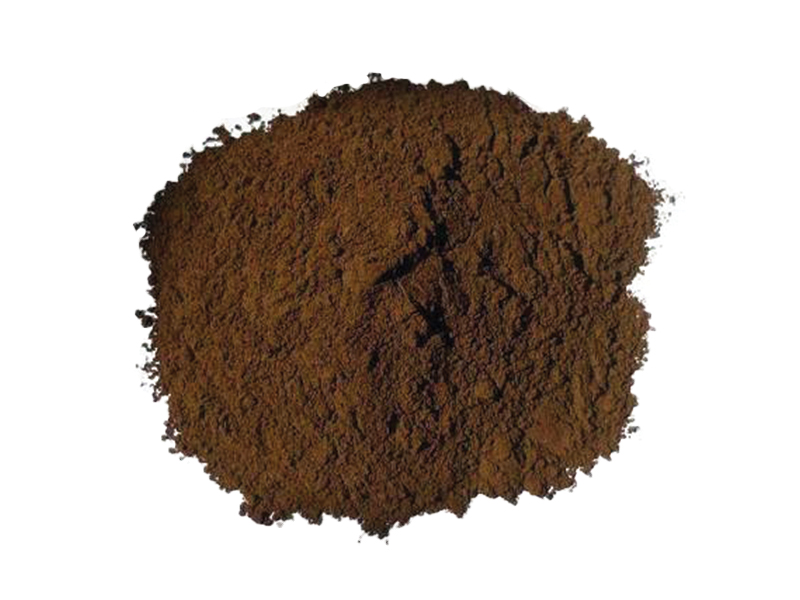
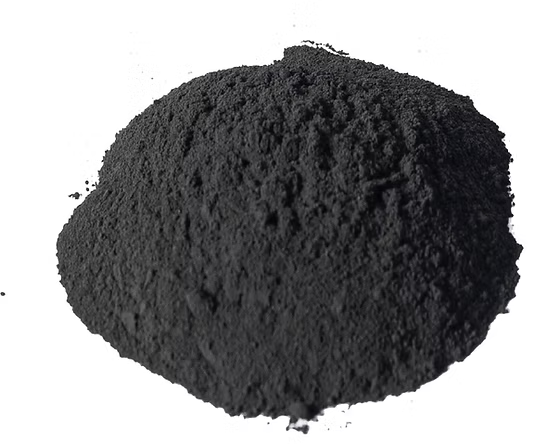


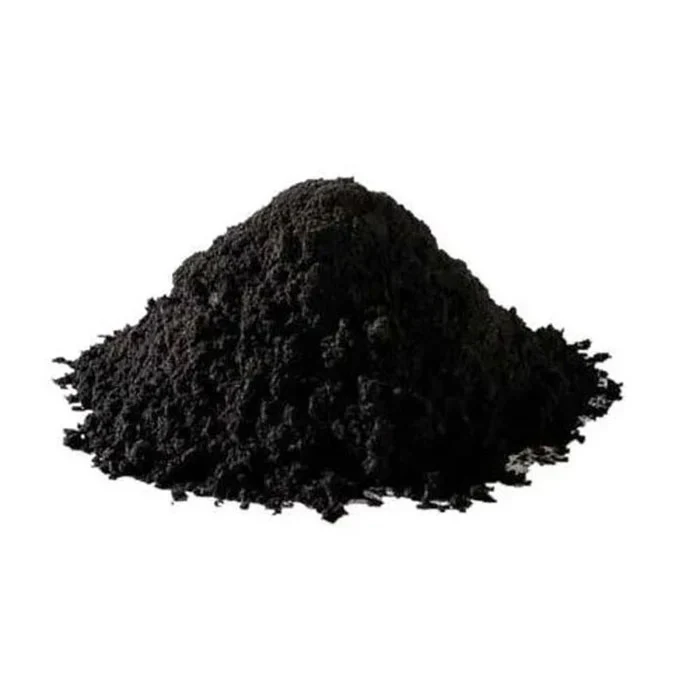
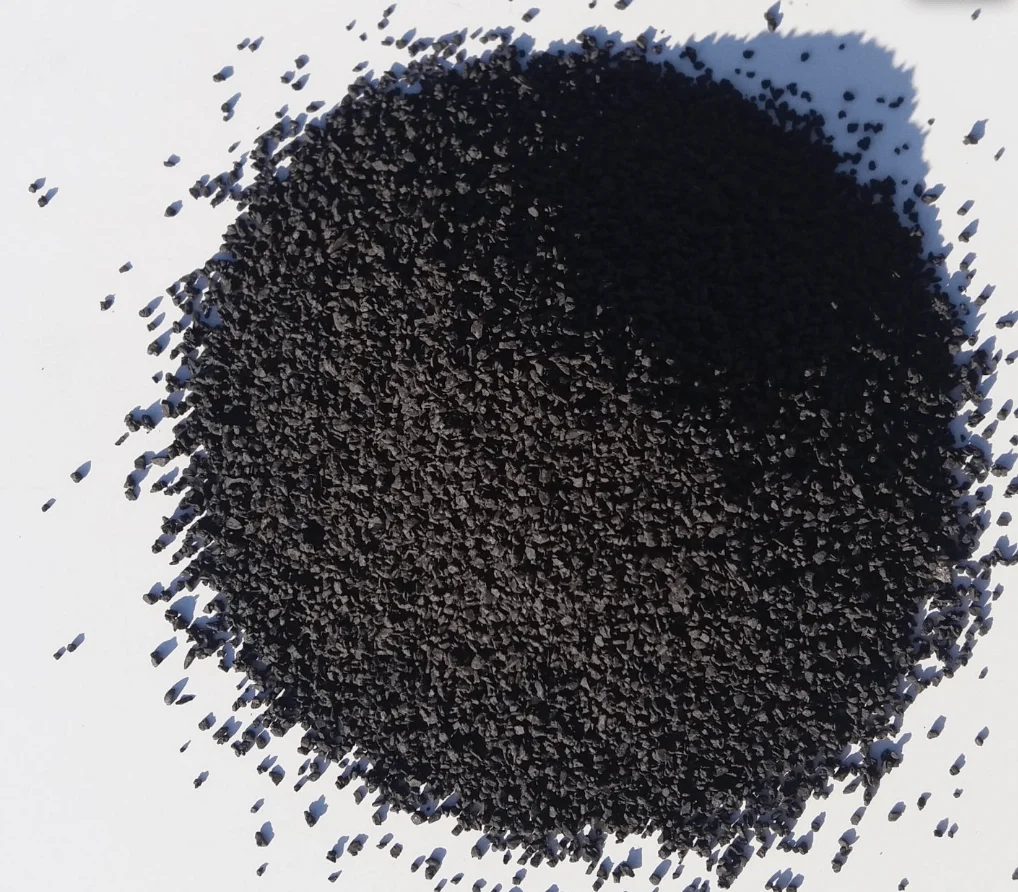



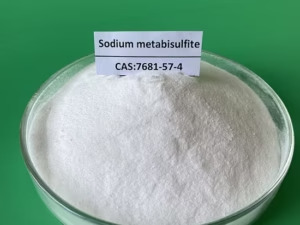
Reviews
There are no reviews yet.